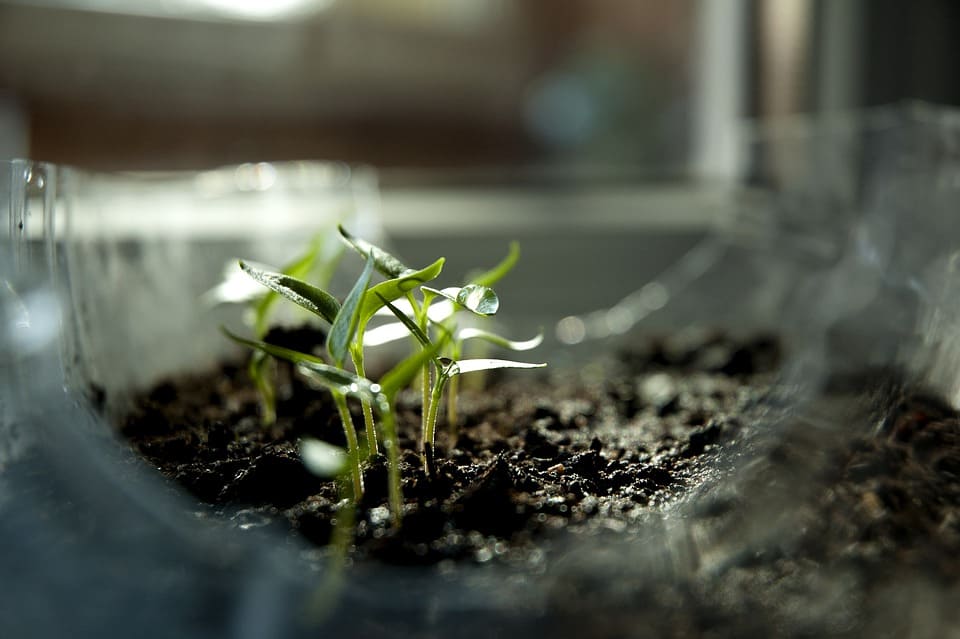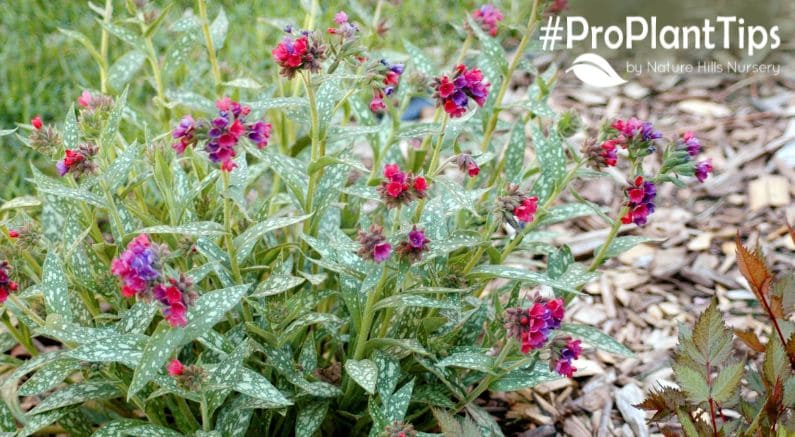In the realm of science education, where hands-on learning experiences hold paramount importance, the choice of fast-growing plants for science projects becomes a pivotal factor in fostering an environment of curiosity and discovery. we understand the significance of selecting the right flora to captivate young minds and propel their scientific journey. In this comprehensive guide, we delve into the diverse world of plants, offering insights into the most advantageous selections for your next science project.
The Essence of Fast Growth in Scientific Exploration
Why Fast Growth Matters?
The urgency of obtaining tangible results in a limited timeframe necessitates the incorporation of fast-growing plants in science projects. The accelerated life cycle of these plants not only aligns with the short duration of academic semesters but also instills a sense of excitement as students witness rapid transformations, enhancing engagement and comprehension.
The Educational Impact
Choosing the right plants can significantly impact the educational experience. Fast growers, such as Basil (Ocimum basilicum) and Radishes (Raphanus sativus), offer an unparalleled opportunity for students to observe and record changes within a concise timeframe. This immediacy promotes a deeper understanding of biological processes, nurturing a passion for science.
A Glimpse into the Top Fast-Growing Plants
1. Basil (Ocimum basilicum)
Known for its aromatic leaves and culinary uses, Basil is not just confined to the kitchen. Its rapid growth makes it an ideal candidate for science experiments. From germination to flowering, the entire life cycle can be observed within a matter of weeks, providing students with a dynamic learning experience.
2. Radishes (Raphanus sativus)
Radishes are not only a crunchy addition to salads but also a fantastic choice for science projects. Their quick germination and development into mature plants offer a tangible demonstration of the plant life cycle. This quick turnaround time allows for multiple experiments in a single semester, enriching the educational journey.
3. Sunflowers (Helianthus annuus)
Sunflowers, with their iconic blooms and towering stature, make for an impressive addition to any science project. Beyond their aesthetic appeal, these plants exhibit rapid growth, enabling students to witness the transition from seed to flower in a visually captivating manner.
Best Practices for Cultivating Fast-Growing Plants
1. Optimal Growing Conditions
To maximize the growth potential of your chosen plants, it’s crucial to provide optimal growing conditions. Ensure adequate sunlight, water, and nutrient-rich soil to create a nurturing environment for the plants to thrive.
2. Hands-On Learning Techniques
Encourage students to actively participate in the entire process, from seed sowing to data collection. Engaging in hands-on activities fosters a deeper connection with the subject matter and cultivates essential scientific skills.
Conclusion: Cultivating Curiosity Through Fast-Growing Plants
In the dynamic landscape of science education, the strategic selection of fast-growing plants emerges as a catalyst for fostering curiosity and a love for learning. At [Your Company Name], we advocate for the integration of these plants to create immersive science projects that leave a lasting impact on students.





